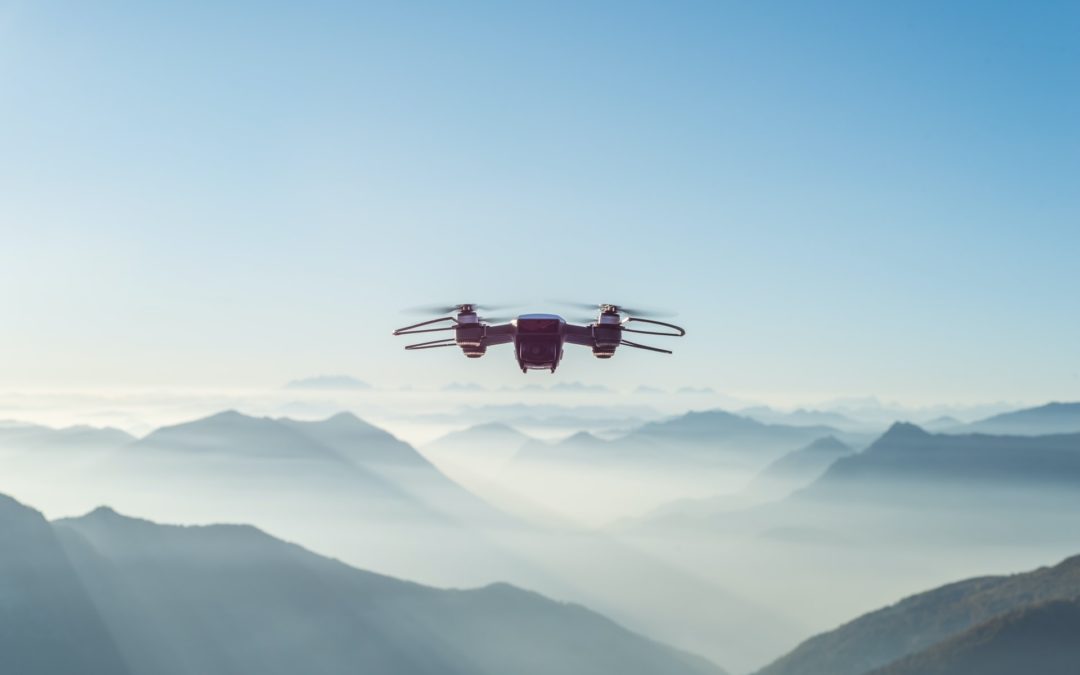Unmanned aerial vehicles, better known as drones, have been in use by law enforcement and military organizations for quite some time now, but their practical civilian applications have yet to be fully realized. However, many police and fire departments are now testing out different uses for UAVs in cases where traditional forms of investigation just won’t cut it—and some of them may surprise you.
Police departments around the country are deploying more and more drones. They need to be part of of your overall strategic plan. Police departments now spend millions of dollars deploying semi-autonomous devices. This technology has developed into a valuable tool for law enforcement. It allows law enforcement to police events from above, offers a view of an accident scene they didn’t have before, and searches dense vegetation at a cost lower than a helicopter.
Cheaper than Helicopters
Unless you need physical rescue or extraction, a drone may be the flavor of choice for many departments. The use of manned helicopters can cost thousands of dollars and put human lives at risk. Drones have one pilot that can be miles away and can fly for roughly 1 hour before needing a charge. Drones can be equipped with several attachments from zoom and thermal cameras to heat sensors. These attachments allow a drone to be very versatile and perfect for several tasks. We are seeing drones deployed for more and more tasks as these plug-and-play attachments make drones an ideal alternative to more costly solutions.
Benefits of Drone Technology
Unmanned aerial vehicles have exploded in popularity over recent years, with drones of varying sizes used for a number of different applications. Law enforcement is one sector that’s quickly embraced drone technology; both local and federal police use these airborne machines for everything from tracking criminals to monitoring large-scale events such as sports games and concerts.
Drones can be a cost effective addition to many police departments. In addition the equipment departments also need to invest in training. Flying a drone in an urban area is very different than out in the open in rural area. For departments near bodies of water, there are underwater versions for retrieval as well. These can be useful for retrieval situations where it can be dangerous or expensive to have multiple divers looking for someone.
For many people, the idea of police using drones in day-to-day operations may be unsettling. But police departments across the country are starting to use drones to help officers do their jobs more effectively and safely, with some even planning to use drones as weapons in the near future.
Laws and Drones
Several states are rushing to expand laws to allow the use of semi-autonomous vehicles by law enforcement and first responders. The expanded use of drones has brought with it several privacy concerns. The biggest question is if a drone can be used for surveillance of a property or person without a warrant. In Florida, it was illegal to use a drone for surveillance without a warrant until 2021. Governor Ron DeSantis signed it into law effectively deleting the requirement for a warrant. The use of drones while extremely helpful to law enforcement has many legal hurdles to overcome. Many states are updating laws to include drones. We can expect to see more widespread use across the country.
Possible issues with drone use
So what about all those privacy concerns that seem to be flying around? Some drone technology includes facial recognition software and even thermal imaging capabilities; it’s also possible for individual drones to hack into other systems.
What the future holds
In an effort to crack down on drug crimes, police departments are starting to experiment with unmanned aerial vehicles, or UAVs, also known as drones. Their primary use is for mapping crime scenes and searching for drugs (especially marijuana). This helps eliminate officer injury during raids and gives officers a better picture of how many people live in houses, so they know how many officers they need when serving a warrant.
More and more police departments across America are looking at how they can incorporate drones into their crime-fighting strategy. These small gadgets have a number of uses on an everyday basis, from taking photos at traffic accidents to surveying crime scenes quickly and easily. Police departments will continue to find new uses for UAVs as time goes no.


